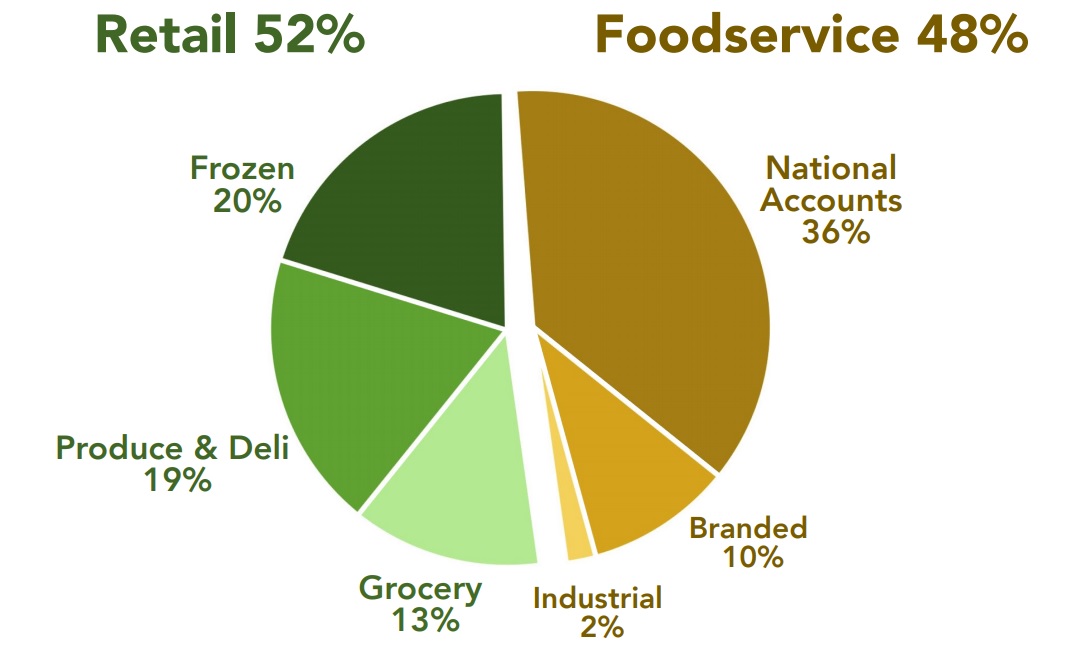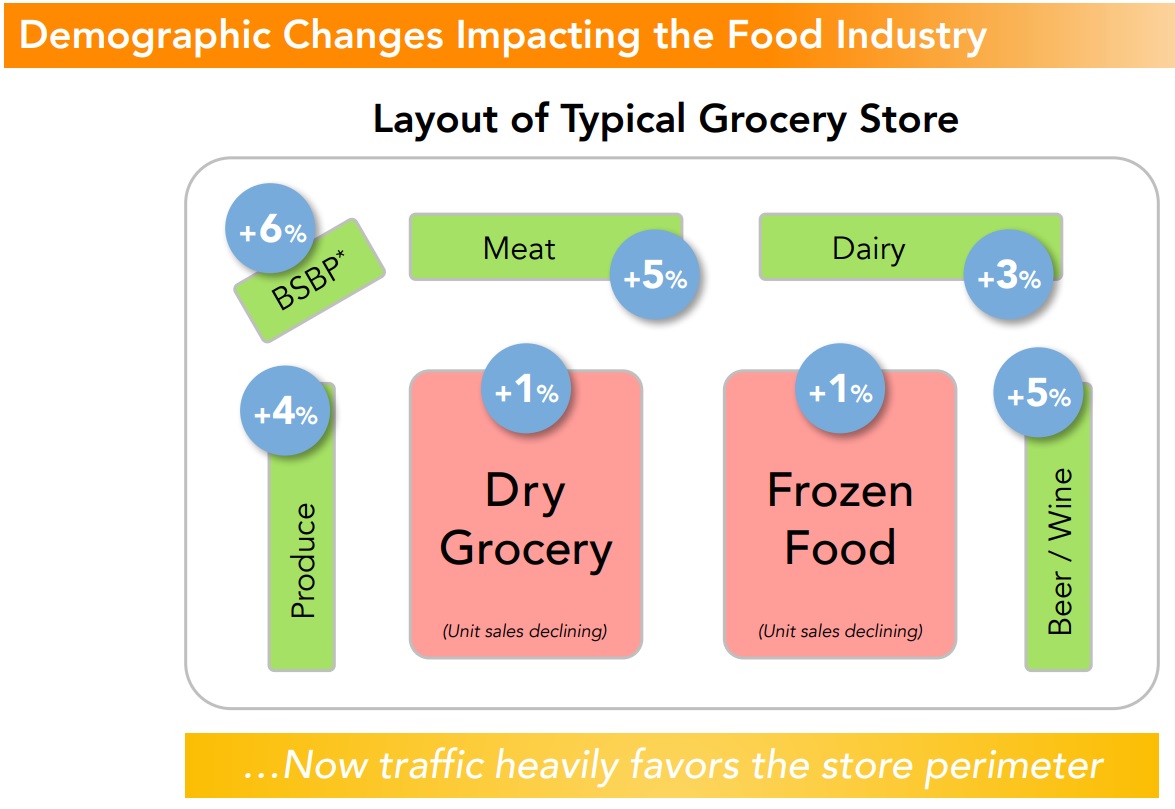Despite growing its dividend every year since 1963, Lancaster Colony (LANC) is a relatively unknown company with most income investors.
Lancaster Colony is one of the dividend kings here thanks to its 50+ consecutive years of payout growth, but it is unlike many of the other kings, which are generally large and relatively slow-growing companies.
Let’s take a closer look at one of the rare small cap dividend kings, Lancaster Colony, which just raised its dividend for the 54th straight year, a feat matched be just 14 other U.S. corporations.
Specifically, learn why this specialty food maker deserves to be on your radar and if its valuation is attractive for investors who are building a dividend portfolio the responsible way.
Business Overview
Founded in 1961 in Columbus, Ohio, Lancaster Colony is a specialty food maker that owns several niche dip, garlic bread, frozen roll, croutons, caviar, and flat bread brands, including Marzetti, New York Bakery, Sister Schubert’s, Flatout, Aunt Vi’s, Reames, Mamma Bella’s, Romanoff, and Chatham Lodge.
In addition, Lancaster makes licensed products including Olive Garden dressing, Jack Daniel’s mustard, and Hungry Girl Flatbreads.

Source: Lancaster Colony Investor Presentation
Lancaster’s products are distributed through both retail grocery channels, as well as to 18 of America’s 25 most popular national restaurant chains.

Business Analysis
The key to any dividend growth stock includes a steady business model, with highly predictable and growing cash flow with which it can fund a secure and rising payout.
Over the past half century, Lancaster has managed to achieve impressive growth thanks to its disciplined approach to acquiring small, niche specialty products food companies that fit well into its existing business model and supply chain.
You can see that the company’s sales have grown by 12% per year since 1971, largely driven by acquisitions.

However, what truly sets the company apart from most of its rivals is that rather than attempt to grow for growth’s sake, management has remained steadfast in its approach to buying only the most popular names in its niche industries.
These are brands that have been benefitting from major demographic trends, such as the continued rise of the Millenial generation, and the changes in consumer tastes that come with them.

Specifically, the maturing of the Millennial generation, the largest in U.S. history, has resulted in consumers shifting their food dollars away from pre-packaged products found in the center of the grocery store, and towards the periphery to things like fresh foods, meats, and specialty products.

Over time Lancaster has evolved its business model to successfully tailor its product offerings towards these shifting consumer trends, including an increasing focus on expanding its produce and deli offerings, which now account for close to 40% of its retail sales mix.

Of course, even poorly run companies can grow strongly for a time through acquisition. However, Lancaster’s quality stems from its multi-pronged approach to long-term growth.
The company’s approach includes disciplined and well-executed acquisitions (including premium whole grain bakery products maker Angelic Bakehouse in November of 2016), streamlining the supply chain to maximize economies of scale, and launching new products within its dominant brands.













Leave A Comment